Here’s what you’ll learn in this article:
1. Why is light more important than food?
2. How does our brain’s electronic circuitry absorb light?
3. Why the fear behind UV is unfounded
4. Why are rates of neurodegeneration increasing?
5. How blue light depletes dopamine
6. What is the Food Pyramid of Light?
7. JOIN the waitlist: EMF 101 Course
All articles are free. However, your support as a paid subscriber enables me to continue producing high-quality, independent journalism on this important topic.
As an ad-free platform, I rely on the support of my readers to keep this content accessible and free from external influence.
How can we use light to heal our brain?
Conditions such as Parkinson’s and Alzheimer’s arise due to our brains not being able to flush out toxins at night through our cerebrospinal fluid (CSF). As a result, toxic proteins and plaques build up, leading to neurodegeneration.
Melatonin has been shown to increase the removal of toxic proteins by supporting our brain’s detox pathway - the glymphatic system.1
When we create melatonin throughout the day through proper light exposure, we are able to secrete even more melatonin at night.
Why is light more important than food?
Did you know that two-thirds of the energy our bodies require come from light, while only one-third comes from food?2
We may make serotonin in our gut, but digestion begins in our skin and eyes.
Serotonin requires tryptophan, which is created when we absorb ultraviolet (UV) light. Serotonin ultimately creates melatonin.
Our thyroid hormones, along with crucial “feel-good” neurotransmitters like dopamine are derived from tyrosine, which we also absorb under UV light.
How to enter our brain’s dark cave
We have many inner caves inside our brain. One of them contains our pineal gland, which regulates our hormones by capturing light.
We have another cave called the substantia nigra, which in Latin means “black substance.” This area of our brain is coated with a dark pigment called neuromelanin. Neuromelanin, like the melanin of our skin, is an electronic circuit that works by absorbing light. Neuromelanin absorbs infrared light, whereas the melanin of our skin absorbs UV.

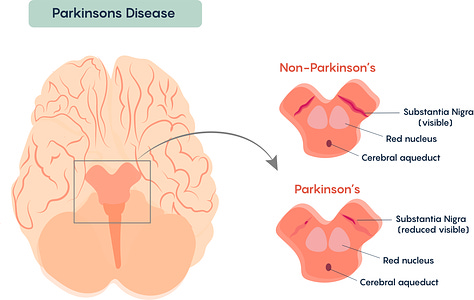

“The cave you fear to enter holds the treasures you seek the most.”
~ Joseph Campell
Dopamine can also be made directly from melanin. However many of us don’t make enough dopamine or melanin since we have been taught to fear UV light.
The Big UV picture
Most of the experiments showing harm from UV were done in labs, not under the presence of full spectrum Sunlight.
Sunlight always contains at least 40% infrared all year round, which helps to repair and restore the hormetic stress from UV during the day. Hormetic stress like exercise, cold showers, or running from predators is an acute type of stress we need so that we can have resilient immune and nervous systems.
Without UV-B, the type of light we block when wearing sunscreen and sit behind windows, we wouldn’t be able to make Vitamin D!
As you can see in the picture below by photobiologist (light scientist) Alexander Wunsch, our pituitary, thyroid, thymus, pancreas, and adrenals all require UV light to function properly.
Why is neurodegeneration increasing?
Alzheimer's Disease International predicts that there will be about 135 million cases worldwide by 2050 — up from 44 million cases today.
Is it because we’re all “getting older?”
The World Health Organization (WHO) may want you to think so.
They predict that by 2040, as many developed countries' populations get older, neurodegenerative diseases such as Alzheimer's, dementia, and Parkinson's disease will overtake cancer to become the second leading cause of death after cardiovascular disease.3
Or is our environment staying the same age?
The study of epigenetics has shown that 95-99% of all disease is based on how our environment turns certain genes on and off. Only 1-5% of diseases have a pure, unchangeable genetic component.
I hear it all the time: “My grandmother had cancer, my mother had cancer, therefore there’s a good chance I’ll probably have it.” If you stay in the same house, eat the same food, and consume toxic amounts of EMF, this could surely be the case. The good news is that we can all be mindful of, and adapt to our environments by removing devices, and physically moving to different locations that may have a stronger, more healing magnetic field.
Our ancestors didn’t have blue light at night
Before the Industrial Age and the advent of electricity, neurodegenerative disease was extremely rare. Today, many of our fathers and grandfathers have sat in front of screens that emit blue light, instead of a regenerative red-lit fire. Before the 1800s, our melatonin wasn’t disrupted by blue light either.
Blue light desensitizes us to dopamine
As it turns out blue light spikes our dopamine, making us feel good in the moment, however we then gradually become less sensitive to dopamine, requiring more than before. Blue light also destroys our ability to make melanin and melatonin, which then doesn’t allow us to make enough dopamine as well.
Could it be that we aren’t “getting older”, but instead are losing our ability to flush accumulated toxins when we sleep?
Some interim strategies we can take to limit damage
Docosahexaenoic acid (DHA):
DHA is the most ancient of Omega 3 fatty acids, and helps us to repair at night through a process known as autophagy, while helping to protect our retina from damage. The bad news is, blue light destroys DHA in our retina.
How can we consume DHA naturally? It’s present in delicious, oily fish such as salmon and mackerel:
All dressed up with no place to go?
Although our skin also has photoreceptors that will absorb blue light (why I wear a scarf when in front a computer as my thyroid is close to the skin surface), our eyes need the most protection, as they’re loaded with the most melatonin receptors.
If you do choose to be in front of blue light at night, you can wear amber-red colored glasses such Ra Optics, or even cheaper ones like Uvex, to limit the damage.
Screen Filters
There are screen-filters like Iris that can also help limit blue light, but may increase flicker rate depending on your monitor, which can create inflammation.
The New Food Pyramid of Light
We need UV light to build dopamine.
How do we absorb more UV without getting burned?
Pre-load your skin with massive amounts of infrared light first thing in the AM.
If you have pale skin, then you definitely need more infrared before attempting to tan and build your healthy hormonal stores of UV:
Infrared and red light penetrate more deeply into our bodies than red or blue light, and for this reason they help us regenerate our organs, bones, and promote growth.
Here’s an insightful piece on red light therapy by OutThinkingParkinsons founder Gary Sharpe.
Blue light is also necessary for us to stay alert during the day when we need it most, however should be limited at night. There is plenty of blue light in the early AM, and this is why I always make sure to get a healthy dose of morning Sun before my first cup of coffee.
The best way to absorb light and make photosynthesis work for you is by getting down each morning like the Sphinx, facing east while barefoot, with as little clothing as possible. Thank you
for that tidbit.Grounding in this way allows our bodies to use Sunlight as a means to drive natural Earth frequencies which support our metabolism and regulate hormones.
I like to combine this method with eating foods rich in DHA, which also power our bodies’ regenerative DC electric circuit.
“On a traffic light green means 'go' and yellow means 'yield', but on a banana it's just the opposite: Green means 'hold on,' yellow means 'go ahead,' and red means, 'where the hell did you get that banana at?'”
— Mitch Hedberg, Strategic Grill Locations
In short, here’s the formula:
First get red light so you don’t get red.
Get blue in the day so you don’t get the blues at night.
Then get UV, and eat things that swim in the sea
So you don’t have to see…
the doctor.
You can always come see me though!
Warning: I won’t be wearing a lab coat, probably just my boxers.
You are more powerful than you know.
Roman
I’m creating a course on EMF Basics & Ancestral Health
How can we precisely measure DC magnetic electric fields in our environment?
What are other sources of DC magnetics that affect us daily?
What are some other ways we can nourish the DC magnetic field of our body?
I’ll be covering these types of specifics, along with practical steps we can take to reduce EMFs in our daily lives, in the Wireless Health & Safety course I’m creating.
Thank you so much for taking the time out of your day to read this article!
If you’ve found it valuable, please share it with someone you know who might benefit from its message.
How magnetic fields affect Parkinson’s:
EMF Health Forum: Please share your story
If you suspect that you or your animals are suffering from symptoms related to EMF, I strongly encourage you to register and post symptoms on EMF Health Forum, which I recently created to track the global fallout from wireless radiation:
Support and Decentralize Medicine: Donate in Bitcoin (BTC)!
BTC Address:
bc1qfwtn8f95z7urkgfgj8c9t6dt3lay0shtgazr72
The new 5G meter by Safe Living Technologies is out!
Consider becoming a paid subscriber!
You’ll have access to our monthly Q&A webinars, private podcast, along with tools and nuggets of wisdom we’ve created to navigate this wacky wireless world:
Listen to our podcast - The Power Couple
Where we discuss how to:
Power ON with light
Power OFF our devices
Power thru our days with relationships that all start with - YOU.
Power UP each Friday with a new episode:
Cardinali DP. Melatonin: Clinical Perspectives in Neurodegeneration. Front Endocrinol (Lausanne). 2019 Jul 16;10:480. doi: 10.3389/fendo.2019.00480. PMID: 31379746; PMCID: PMC6646522.
Wunsch, A. https://vimeopro.com/alexanderwunsch/alexander-wunsch-in-english/video/187834155
https://apps.who.int/iris/bitstream/handle/10665/344701/9789240033245-eng.pdf


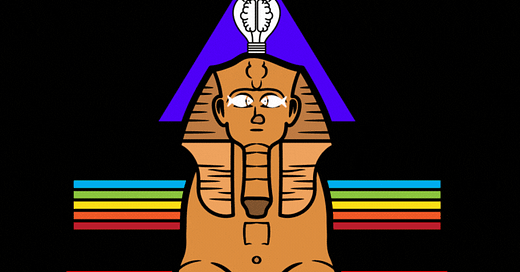



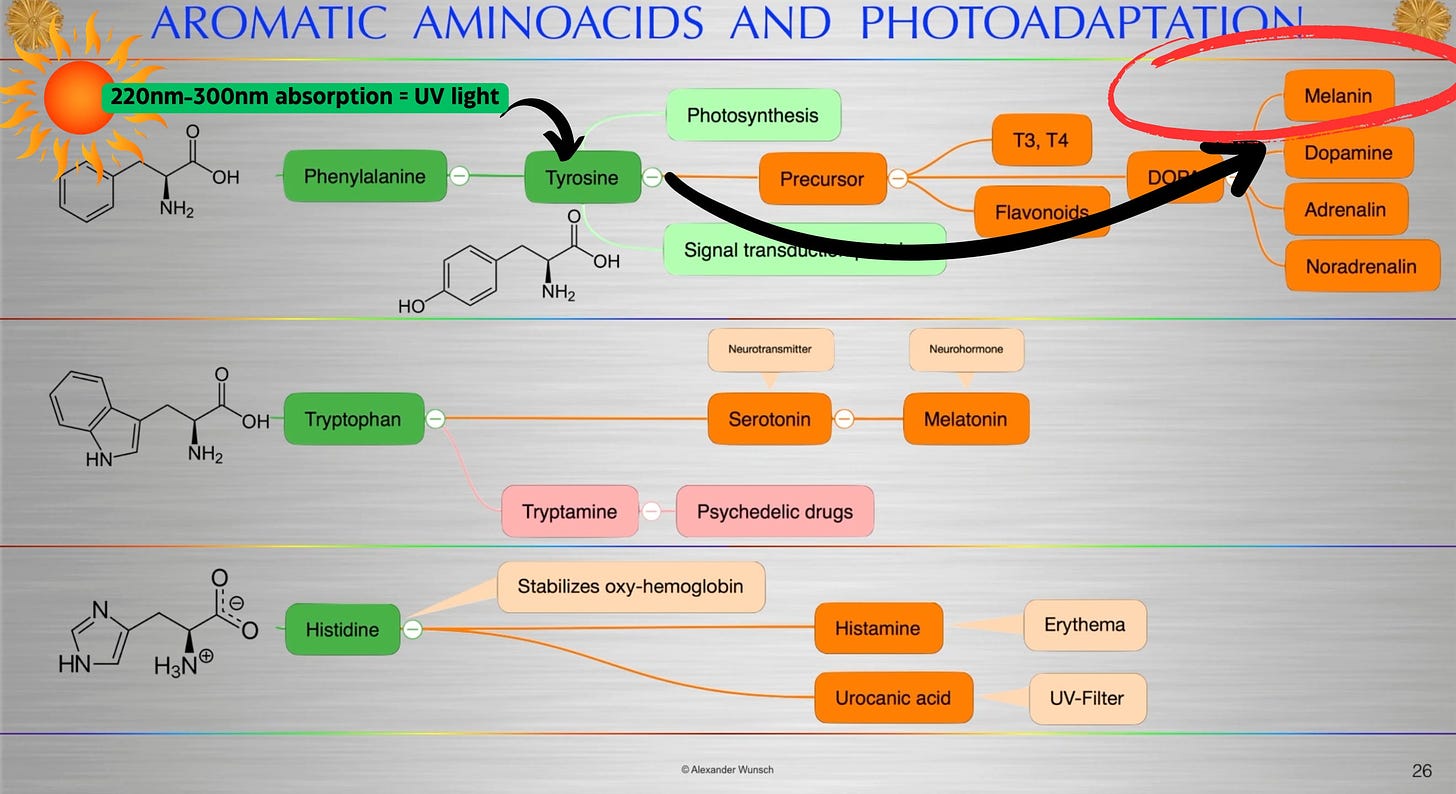


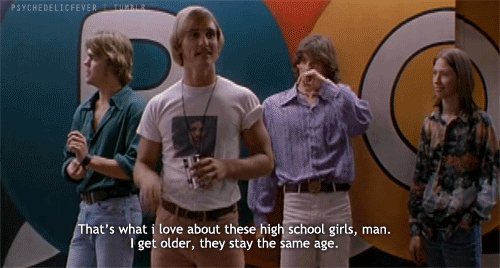
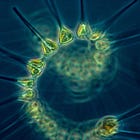
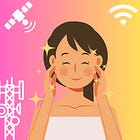

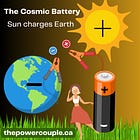
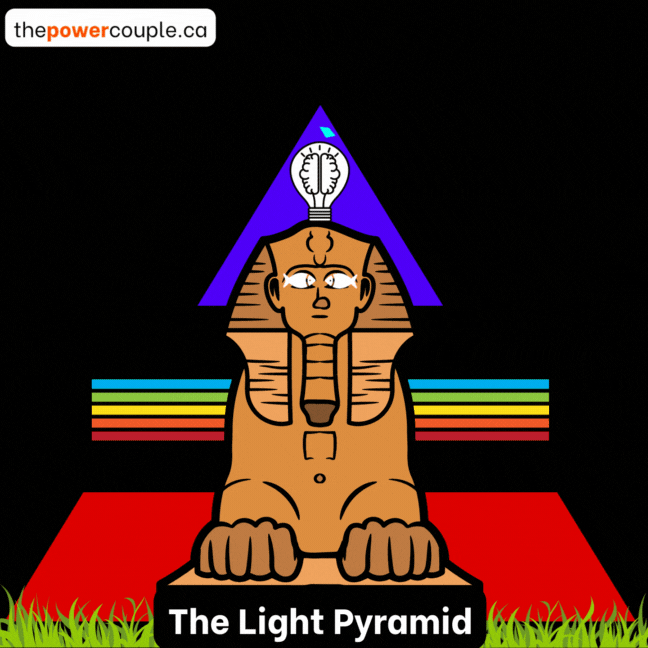
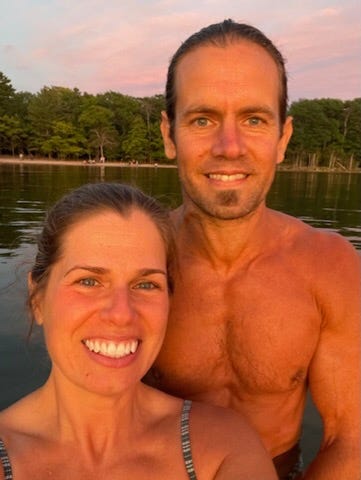
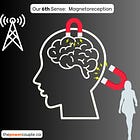

I have a question about light bulbs that maybe you can help me with. I believe that the LED light bulbs they are forcing on us are terrible for our health, not to mention the quality of light. I stocked up on incandescent light bulbs a while back, but now that they have completely banned them as of Aug. 1, do you know where I can order more? I would love to see an article on light bulbs.
I see now. This is why JOE is going along with Bill Gates to try and lower our sun exposure. Gates
needs to be destroyed before he destroys us. Just to know he breathes everyday makes me sick
to my stomach.